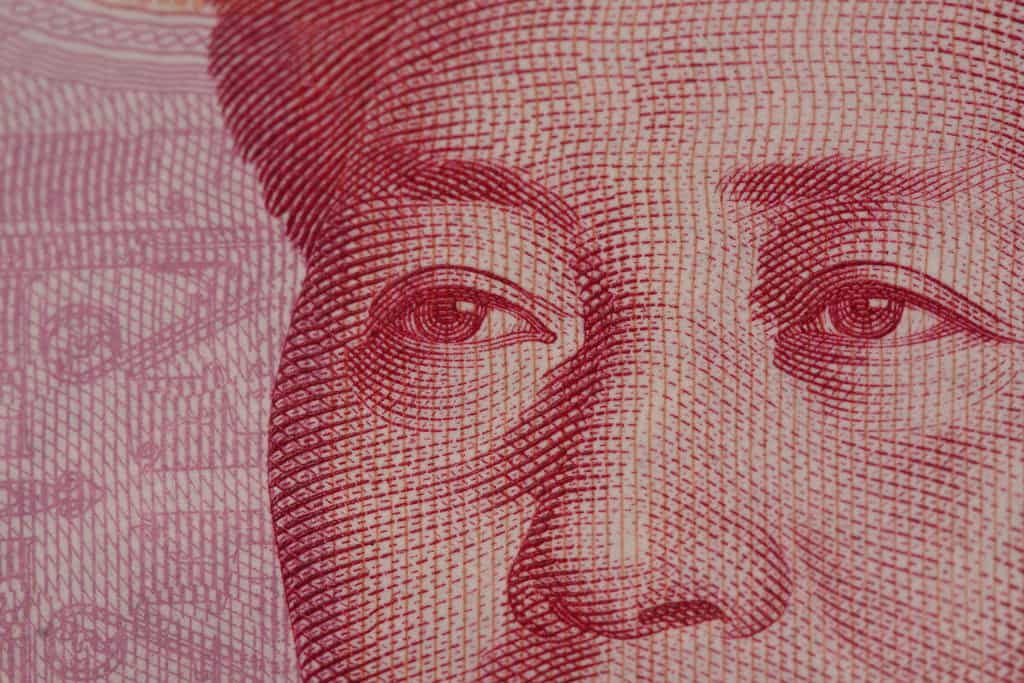The State Council has flagged the further use of cuts to the reserve ratio to support China’s financial markets, to the surprise of of many domestic observers.
At a regular meeting held on 7 July, the State Council made reference to “use of monetary policy tools such as reserve ratio reductions when appropriate,” in order to deal with the impacts of gains in commodities prices on Chinese companies.
The State Council said that such use of monetary policy tools would be for the purpose of “further strengthening financial support for the real economy, and micro, small and medium-sized enterprises in particular, and expediting declines in overall financing costs.”
The State Council further indicated, however, that there would be no change in the basic theme of monetary policy, and that China would “uphold stable monetary policy and strengthen its effectiveness, on the foundation of refraining from large-scale irrigation.”
“Reserve reductions and maintaining stability are not contradictory, and this should not be simply interpreted as a loosening of overall quantity,” said Zhang Xu (张旭), chief fixed-income analyst with Everbright Securities, to Cailian She.
The remarks from the State Council arrive following the implementation of multiple cuts to the reserve ratio by the Chinese central bank since the start of 2018, as part of efforts to shore up financial support for the economy.
During the period from 2018 to 15 May 2020 the Chinese central bank made 12 cuts to the reserve ratio, bringing it down to 9.4%, for a decline of 5.2 percentage points compared to the start of 2018.
Chinese analysts say that the latest remarks from the State Council do not signal a shift towards loosening of monetary policy, but instead signal further efforts to reduce financing costs for small businesses in the wake of COVID-19.
“Overall, China’s economic recovery in the wake of the pandemic has been good, but there are still some structural issues,” said Zeng Gang (曾刚), deputy-chair of the National Institution for Finance & Development (NIFD), to Cailian She.
“For example, micro, small and medium-sized enterprises in areas such as consumption and tertiary sectors have been more heavily impacted by the pandemic, and still have yet to recover to their pre-pandemic levels.”
“Under such conditions, China still needs to implement more targeted monetary policy, and further strengthen the vigour of support for micro, small and medium-sized enterprises.”




